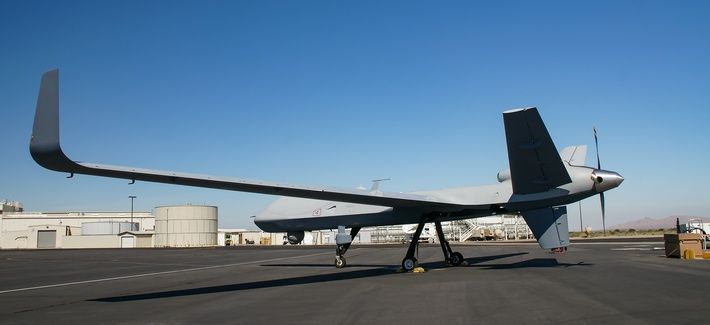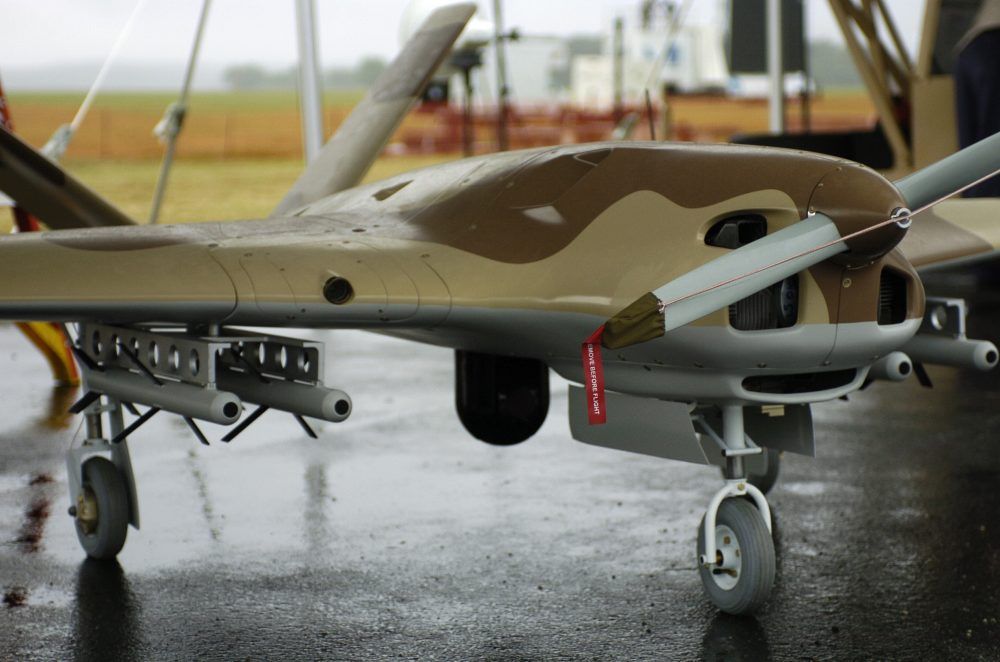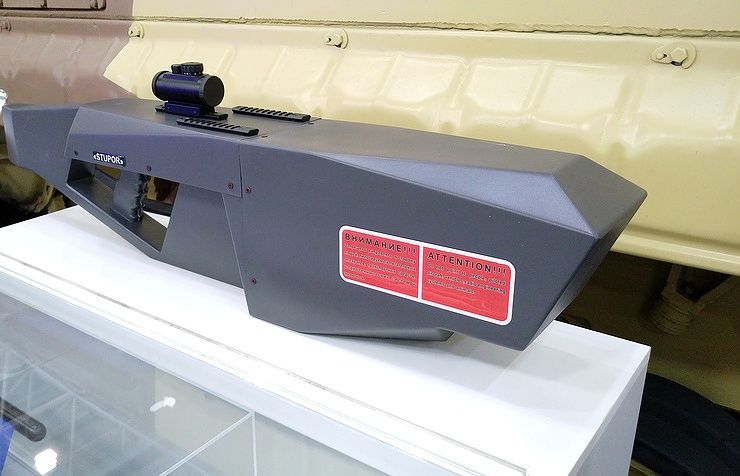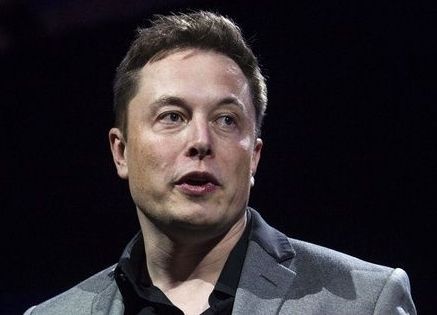Video Friday is your weekly selection of awesome robotics videos, collected by your Automaton bloggers. We’ll also be posting a weekly calendar of upcoming robotics events for the next two months; here’s what we have so far (send us your events!):
Category: drones – Page 145
Kalashnikov Unveils New Anti-Drone Weapon
Trouble with spying neighbors? Annoyed by teenage pranks? Concerned about terrorists? Kalashnikov has the answer — the new REX-1 Drone Killing Gun — “Looking at the market, I think the civilian version of our system could cost around $5,000…”


Testing Drones in Combat
This post is also available in:  עברית ( Hebrew )
עברית ( Hebrew )
In a few months, the U.S Air Force and SOFWERX will pit UAV s against each other in a rumble-style experiment to gather data on drone operations, the Air Force’s secretary, Heather Wilson, said. The competition, called the ThunderDrone Rapid Prototyping Event will “investigate forms, platforms, effects and data science for small unmanned aerial vehicles,” said Wilson.
According to nationaldefensemagazine.org, SOFWERX, an initiative that facilitates rapid prototyping and technology experimentation between U.S. Special Operations Command and members of non-traditional industry and academia, is planning events related to ThunderDrone beginning in early September with a technology exposition. The event is meant to help “completely change the face of drone warfare,” and will be “a living test bed” for creating a drone marketplace, according to SOFWERX. Additionally, it will enable experimentation along with rapid prototyping.

Inside the Ring: Report: AI threatens humanity
Rooting for the AI’s.
Artificial intelligence is revolutionizing warfare and espionage in ways similar to the invention of nuclear arms and ultimately could destroy humanity, according to a new government-sponsored study.
Advances in artificial intelligence, or AI, and a subset called machine learning are occurring much faster than expected and will provide U.S. military and intelligence services with powerful new high-technology warfare and spying capabilities, says a report by two AI experts produced for Harvard’s Belfer Center.
The range of coming advanced AI weapons include: robot assassins, superfast cyber attack machines, driverless car bombs and swarms of small explosive kamikaze drones.

Russian Defense Ministry develops electromagnetic gun to counter drones
According to a center spokesman, the gun emits separate electromagnetic pulses to suppress channels used to operate a drone. As a result, the drone loses contact with its operator, while its uncontrolled flight ends in a crash. The spokesman added that the Stupor gun had a range of two kilometers, covering a 20 degree sector.
Support documentation explains that the device is capable of suppressing navigation and transmission channels used by unmanned aerial vehicles, as well as their photo and video cameras within the electro-optical range of frequencies.
The gun can be charged from the grid, as well as from a car battery.

‘We Do Not Have Long to Act’: Tech Heads Warn UN About Autonomous Arms
SpaceX head Elon Musk and other industry leaders write that autonomy will lead to wider and faster war.
The prospect of tanks, machine guns, and drones that think for themselves becoming widespread is giving tech luminaries the heebie-jeebies.
In an open letter today (Aug. 21), a group of specialists from 26 nations called for the United Nations to ban the development and use of autonomous weapons. The signatories include Tesla CEO Elon Musk and DeepMind co-founder Mustafa Suleyman, as well as other leaders in robotics and artificial-intelligence companies. (Google acquired DeepMind in 2014.)
Edge computing could push the cloud to the fringe
If the idea of processing data at the edge sounds familiar, it should. Levine points out computing has gone in massive cycles, shifting from centralized to distributed and back again, and the coming move to the edge is just another manifestation of that.
In his view, it only makes sense that the next trend will swing back to a distributed system driven by the sheer volume of Internet of Things devices. When the number of devices on the planet is no longer limited by the number of humans, it has the potential to raise the number of computers in the world by an order of magnitude, and that will force a change in the way we think about computing in the future.
As crazy as that sounds — and he fully recognizes that it does — Levine says it’s based on sound analysis of where he sees computing going — and he believes his job as an investor is to recognize where the industry is heading before it happens.
He theorizes that as devices like drones, autonomous cars and robots proliferate, they are going to require extremely rapid processing — so fast, in fact, that sending data up to the cloud and back to get an answer will simply be too slow.

Leave the Drones to Tesla
Did you know that Nikola Tesla patented a drone before there were drones?! Over 100 years ago he called these imagined vessels as being used to carry packages, establish communication with inaccessible regions, and “many other scientific purposes.” Drones are basically in the brand’s DNA, so it’s no wonder that there is so much hype around what a Tesla drone might be like! In this concept, called Aurora, Tesla’s electric motor technology is applied to a tricopter design to facilitate long-range, extended-time camera capability.
Operating either autonomously or controlled manually, it’s ideal for reconnaissance, checking on out-of-reach machinery, routine structure inspections, or simply for capturing vivid photography and video for fun. The three rotor design allows for larger propellers. This results in less required rotations and less energy to fly, making it more efficient with up to 35% more battery life. Because of the size of the propellers, it also has greater acceleration and better maneuverability. As far as looks go, it’s carefully considered and beautifully executed sculpting that’s probably the e-drone concept most closely in line with the Tesla aesthetic.
Designer: Alberto Esses

Machine gun-toting drone threatens to change combat forever
In 2015, a video showing a semi-automatic handgun being fired from a custom-built drone went viral, raising concerns for authorities, including the FAA. The development of such a DIY device was only a matter of time, as was the commercialization of the technology. Now Florida-based startup Duke Robotics has unveiled the TIKAD, a custom-built multirotor that can carry and fire various military weapons, including semi-automatic rifles and grenade launchers.